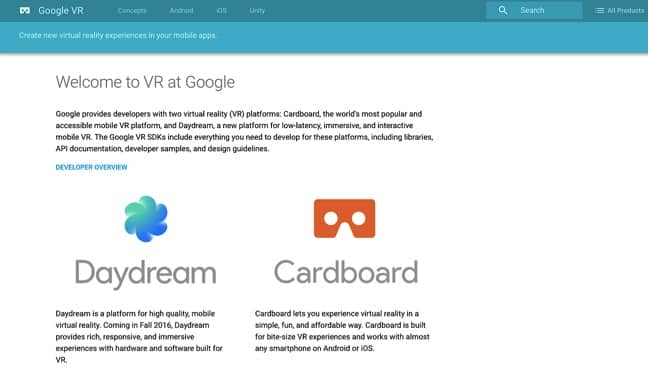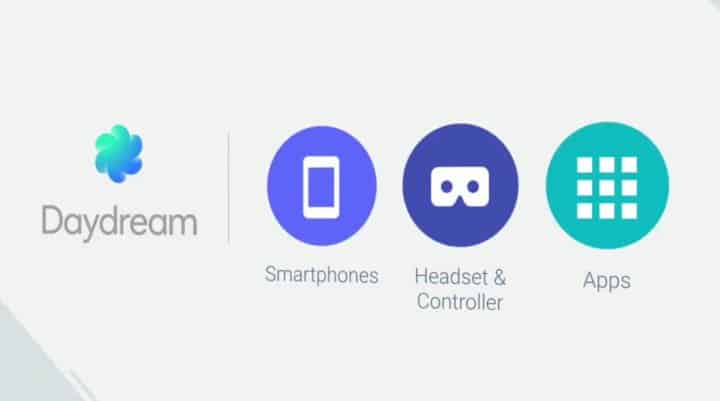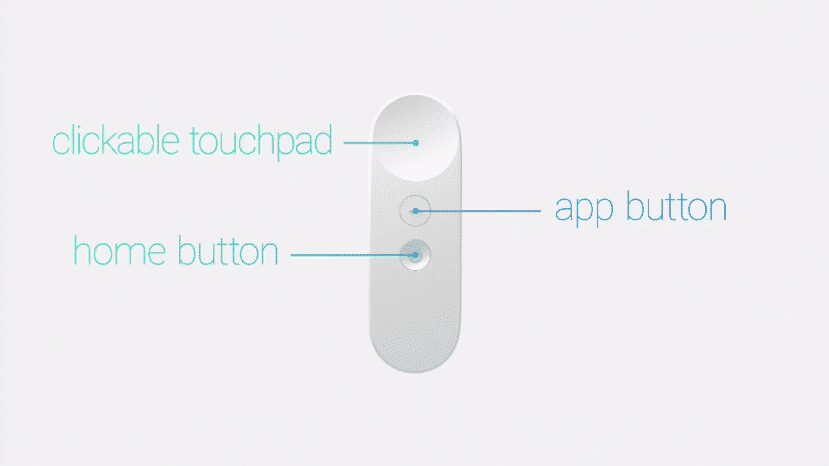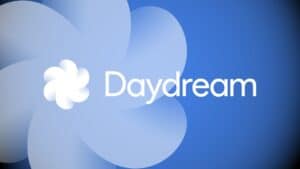Google VR took center stage in Day 2 of the I/O conference. The Daydream platform is a full ecosystem designed for both developers and users. We’ll look at the new direction the platform will take virtual reality and Google’s groundbreaking focus on interaction in mobile VR.
Day 2 kicked off with a short video on Daydream:
Google sees a mass-market rollout for the platform – nothing like the very limited use of VR today. According to senior product manager Brahim Elbouchikhi in The Verge:
Our intention is to operate at Android scale. . . . In a couple of years, we will have hundreds of millions of users on Daydream devices.
As if to prove their point, Daydream was announced on Day 1 of the I/O conference and the virtual reality developers site was launched on Day 2, this morning.

Google VR’s New Direction
In case you’re wondering, yes, Google Cardboard and Apple iOS are still on the new developers site. But there’s some key points embedded in Daydream VR.
One of the challenges of Daydream is that it isn’t available for iOS. And right now, VR developers aren’t going to be able to work on one OS and port to the other. Daydream is not just a software platform – it includes hardware standards.
This means that Google Cardboard will stick around – in fact it’s the only option available for Apple VR developers will have.
And in a huge departure for Google, there’s no effort to include a broad range of Android phones. In the past, Google has cast a wide net, making a new OS version available to as many devices as possible. At the moment, not a single phone meets the standards in Daydream VR.
If you’re a developer, you can get to work on your virtual reality projects now. But compatible Android phones will only be available this fall.
Google is rolling out an entirely new VR ecosystem that will revolutionize our experience of mobile VR. And like planting a flag on the moon, Google just staked its claim on the virtual reality space. It completely excludes Apple.

Daydream – Interactions

It won’t come as a surprise that two of the largest game publishers, Electronic Arts and Ubisoft, will be on Daydream VR. And the platform will include a version of EA’s very popular Need for Speed.
Games require interactivity and here, Google’s new hand controllers come into play. Small and lightweight, the white devices have three degrees of movement yaw, pitch, and roll. They won’t live up to the standards set by Oculus. But from all accounts, they’re amazingly realistic.
According to Epic Games’ technical director Nick Whiting, in GameUp24:
I was a little bit skeptical [of them]. But when you play with simulating the elbow and the arm of the player it’s amazing how good it feels. Your mind is really good at remapping input when it’s consistent.
Up to now, mobile VR has meant that you pretty much stood still or sat in a chair with your hands at your side. While Samsung Gear VR’s touchpad provides some functionality, it’s essentially a selection device, and separated from your hand movements.

Google’s focus on precision interactions in the virtual reality space opens up new possibilities for learning and storytelling. We’ll no longer sit there staring at experiences in mobile VR. Now the VR space becomes interactive, recognizing our presence and demanding our engagement.
And that’s a major major breakthrough for virtual reality on mobile devices.
Emory Craig is a writer, speaker, and consultant specializing in virtual reality (VR) and generative AI. With a rich background in art, new media, and higher education, he is a sought-after speaker at international conferences. Emory shares unique insights on innovation and collaborates with universities, nonprofits, businesses, and international organizations to develop transformative initiatives in XR, GenAI, and digital ethics. Passionate about harnessing the potential of cutting-edge technologies, he explores the ethical ramifications of blending the real with the virtual, sparking meaningful conversations about the future of human experience in an increasingly interconnected world.

